Conversion Copywriting for Schools: An Introduction

You know when you see an ad on Facebook that just … speaks to you? Even if it’s for a product or service that you’ve never heard of, and never thought about?
And then, you click through to a website page that sucks you right in, capturing your attention in one or two lines of text and immediately addressing any inkling of doubt you had in what is being sold.
“It’s like they KNOW me,” you might think … as you click [[BUY NOW]].
And if there’s a great conversion copywriter behind the page, it’s because they do.
Conversion copywriting is not a new practice — and yet, it’s a style that is not widely used in the independent school communications world. Perhaps it’s because schools are afraid to appear “sales-y,” but copy scientifically built to prompt action is few and far between.
I believe this is a mistake that is costing schools leads, inquiries, donations, and applicants — and I’ll tell you why. But first, let’s learn the basics.
What is conversion copywriting?
Conversion copywriting is exactly what it sounds like: writing copy that is aimed at converting the reader to take a specific action. All content on a page or in an ad is working together to prompt the reader to do the one thing you want them to do, such as:
- Click a button
- Submit their information
- Share something on social media
- BUY SOMETHING
Conversion copywriting is more about science than it is about creativity (though creativity still plays an important role). It’s about understanding what will persuade your audience to take action, and then crafting content that leads them to take that action. It involves lots of research, technical know-how and testing … but the intense effort is worth it.
To write content that converts, you first have to know your audience.
As with all school storytelling initiatives, conversion copywriting requires a deep and intimate understanding of the dream students and families you are trying to attract. Only by understanding their wants, needs, motivators, and challenges can you begin to write copy that will inspire them to take immediate action.
So, how can you get to know your dream families? It’s time to do some Voice of Customer (VOC) research.
VOC research is a way to capture the real, authentic voice of your dream families as they describe their interests and worries, how they define success, what they care about, what their ideal school looks like, and any preconceptions they might have about your school or schools like yours.
You can do this through online surveys, interviews, even some stealth searching on the Internet. (We’ll be creating an entire post on Voice of Customer research soon — so stay tuned, and make sure you subscribe if you’re interested!)
The goal is to uncover insights in their own words so that you can address all their concerns in your storytelling. It’s important to understand both the emotional and rational reasons driving their decision-making.
Once you complete your research, you can create Audience Personas: narratives that bring each audience segment to life and highlight key messaging to use in your marketing materials. This is the perfect way to ensure that you speak directly to your audience’s wants and needs.
You now have the insights. So how do you write copy that converts?
NOTE: this is a 100,000-foot-view of what it takes to be a good conversion copywriter. There is a lot more that goes into being able to write copy that makes audiences take meaningful action than summarized here (such as understanding SEO, direct response techniques, and being an overall creative copywriter in general), but as an introduction…
- You have to know how to HOOK your reader — to draw them immediately into the page.
- You have to prove that you UNDERSTAND them — their hesitations, their skepticism, their concerns.
- You have to address all of their pain points and make them TRUST you.
- You have to convince them that what you are offering will really BENEFIT them.
- You have to offer them PROOF.
- You have to make it EASY to take the next step.
Conversion copywriting is less about you and what you’re offering, and more about your dream families and what they want.
Conversion copywriting techniques can and should be used to craft:
- Landing pages
- Ad content
- Email campaigns
- Website content
- Sales copy
- (Anything that you expect to get you more inquiries and applicants!)
However, conversion copywriting doesn’t stop with writing.
Joanna Wiebe, the guru behind Copyhackers, reminds us that a key step in the conversion copywriting process is “Validation and Experimentation.” Conversion copywriting is designed to get clear, measurable results. It’s designed to impact your school’s admissions efforts. It’s not just feel-good storytelling — it’s a business tool.
That’s why it’s important to analyze how your content is working. Is your ad bringing in more leads? Is your landing page collecting more inquiries? Is your email garnering the right responses?
How much you love the content doesn’t matter — it’s all about the results. This is where testing becomes important. There may be simple tweaks you can make to your messaging or you call-to-action that will improve your conversion rate. There may be a different way to hook your reader to reduce bounce rate. By analyzing the results of your marketing efforts on an ongoing basis, you can ensure you’re getting the most out of your efforts.
Where I see schools go wrong…
Too often, I see independent schools focusing on creative over conversion. So much time is spent on developing a beautiful ad, or an amazing video, or an impressive graphic, and not enough (or any) time is spent on what’s next — getting viewers or readers to convert in a meaningful, results-driven way.
A perfect example: boosting posts on Facebook. Sure, this gets your video more views, or your post more likes, but does that get you more leads? Inquiries? Applicants? If it does, that’s amazing! If it doesn’t, it’s time to reevaluate.
Another: linking an awesome online ad to a standard, boring “Inquire Now” form. You’ve done the creative work, you’ve captured someone’s attention, only to risk losing them by failing to hook them when it matters.
We need to put less focus on vanity metrics and more on actual results.
Your entire lead generation funnel needs to work at max capacity to show your dream families that you understand them, that you are a safe and trusted resource, and that you are worthy of that next step — whether it be signing up for an open house, scheduling a visit, or submitting an application.
Let’s look at some examples of good conversion copywriting.
Not surprisingly, the best examples of conversion copywriting come from outside of the education space — but that doesn’t mean independent schools can’t learn from their expertise.
My go-to conversion copywriting samples come from Copyhackers. Because they’re experts in teaching the craft, it’s no surprise that they are masters of using it to sell their own products, like 10X Facebook Ads and 10X Sales Pages.
I love these landing pages because they speak directly to audience cares and concerns upfront — and I know, because I’m their target audience. The entire top half of this lengthy sales page focuses only on the reader and what they’re going through. It then introduces the product being sold as the solution.
By the end of the page, you’re convinced that this is the solution you’ve been looking for — and the high ticket price feels validated.
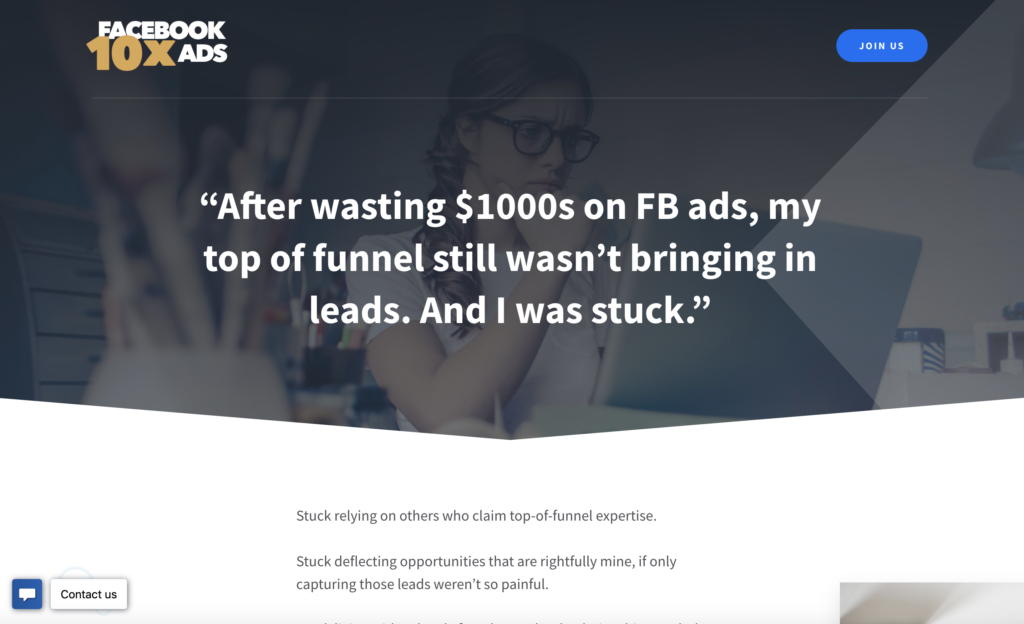
Another strong example: Todoist, a platform that helps you “organize it all.” This landing page promises to solve the organizational issues of its audience: “Free up your mental space.” “Regain clarity and calmness…” “Achieve peace of mind.”
Paired with reasons to believe like “Todoist has helped millions of people complete over 1.5 billion tasks in 150+ million projects” and strong testimonials, this page gives you all the proof you need to at least learn more about the service.
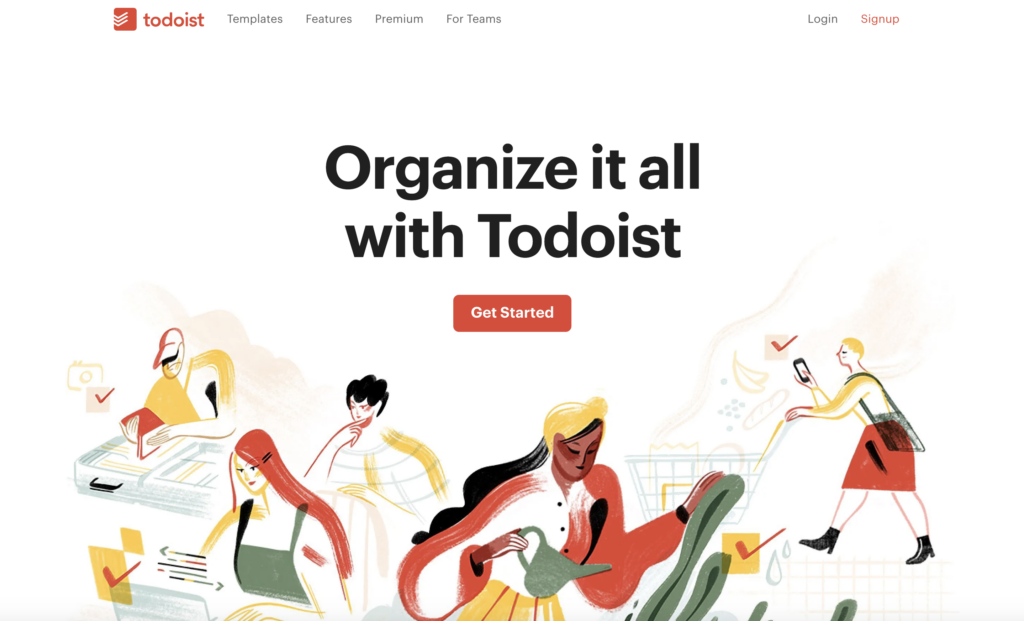
Finally, one that sold me recently: MasterClass, online courses from experts, leaders, and innovators in all industries.
Although this landing page is simple, it packs power with strong videos and promises like “learn from the best in the world.” The individual instructor pages also demonstrate what you will learn (what’s in it for you — why it’s worth your investment of time) and offer strong user testimonials.
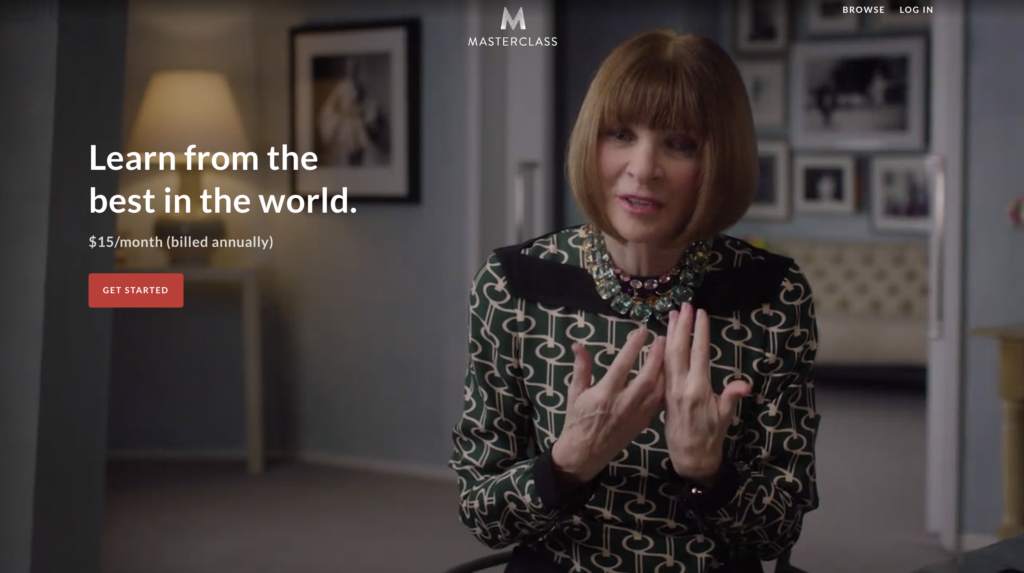
The common theme with all of these examples: they all demonstrate a deep understanding of their audiences, and they make promises that in some way will make their audiences’ lives better.
I truly believe that schools have an unprecedented opportunity to rethink their lead generation efforts by applying more conversion copywriting techniques. While it may at first feel uncomfortable to “sell” to your audience, remember: that’s what you’re really trying to do every day anyway, through every single touchpoint you have with your dream families.
Have I converted you yet?
If you’d like to learn more about all things copywriting, conversion or otherwise, let’s chat! Schedule a Discovery Call with me, and we’ll explore how conversion copywriting can impact your school marketing and communications efforts.
MORE ARTICLES
-
 Clarity in 50 Words or Less: How to Write Your School’s One-Sentence Story
Clarity in 50 Words or Less: How to Write Your School’s One-Sentence Story -
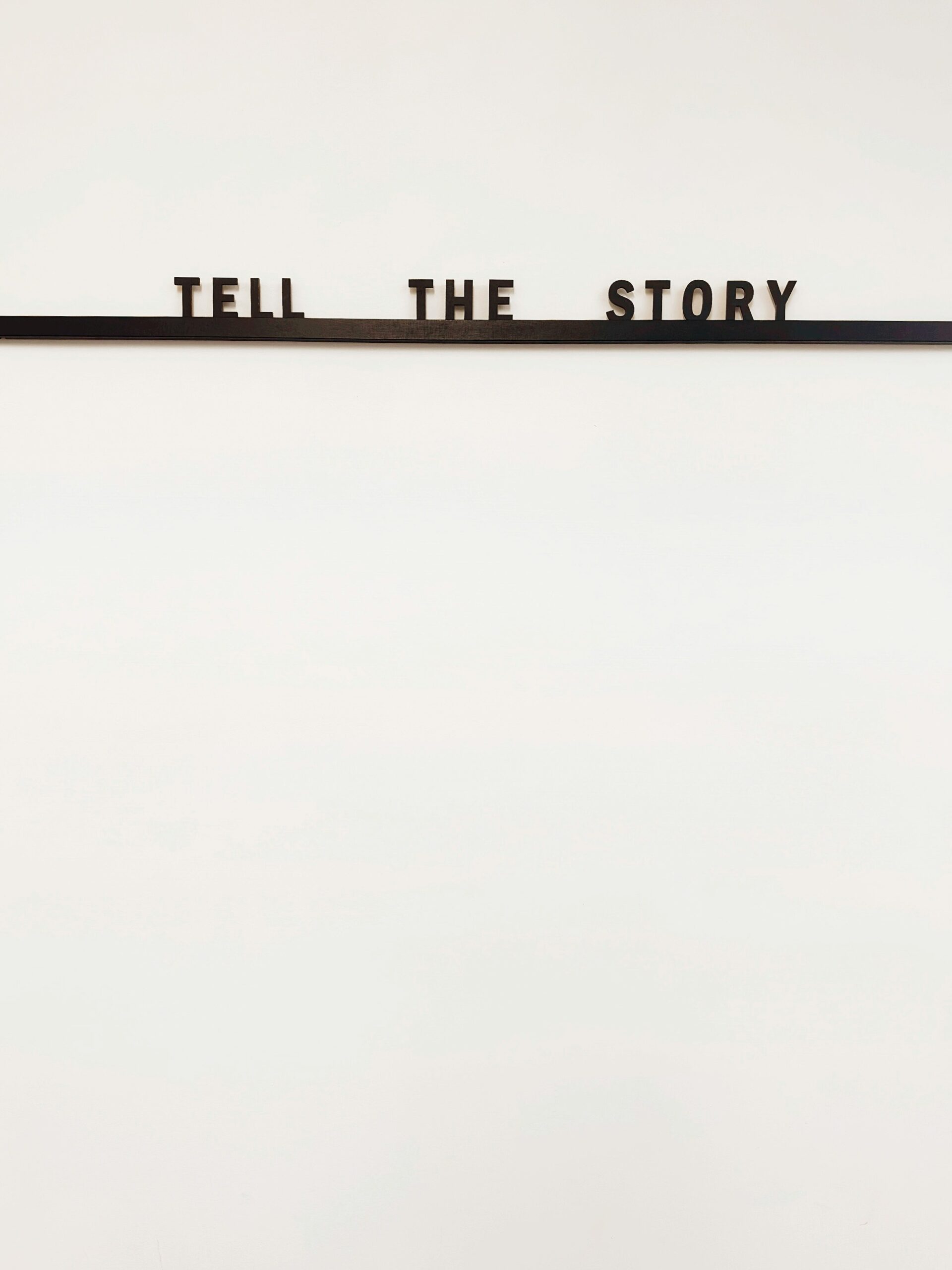 The 4 Building Blocks of a Strong School Story (and Why AI Needs Them)
The 4 Building Blocks of a Strong School Story (and Why AI Needs Them) -
 How to Stop ChatGPT from Making Your School Sound Generic
How to Stop ChatGPT from Making Your School Sound Generic -
 What Should Your School Do with Its Blog Now That AI Is Changing Search?
What Should Your School Do with Its Blog Now That AI Is Changing Search? -
 How to Support Your School Story with Organic, Authentic Social Media
How to Support Your School Story with Organic, Authentic Social Media -
 What Is Your Private School’s Bold & Unifying Big Promise?
What Is Your Private School’s Bold & Unifying Big Promise? -
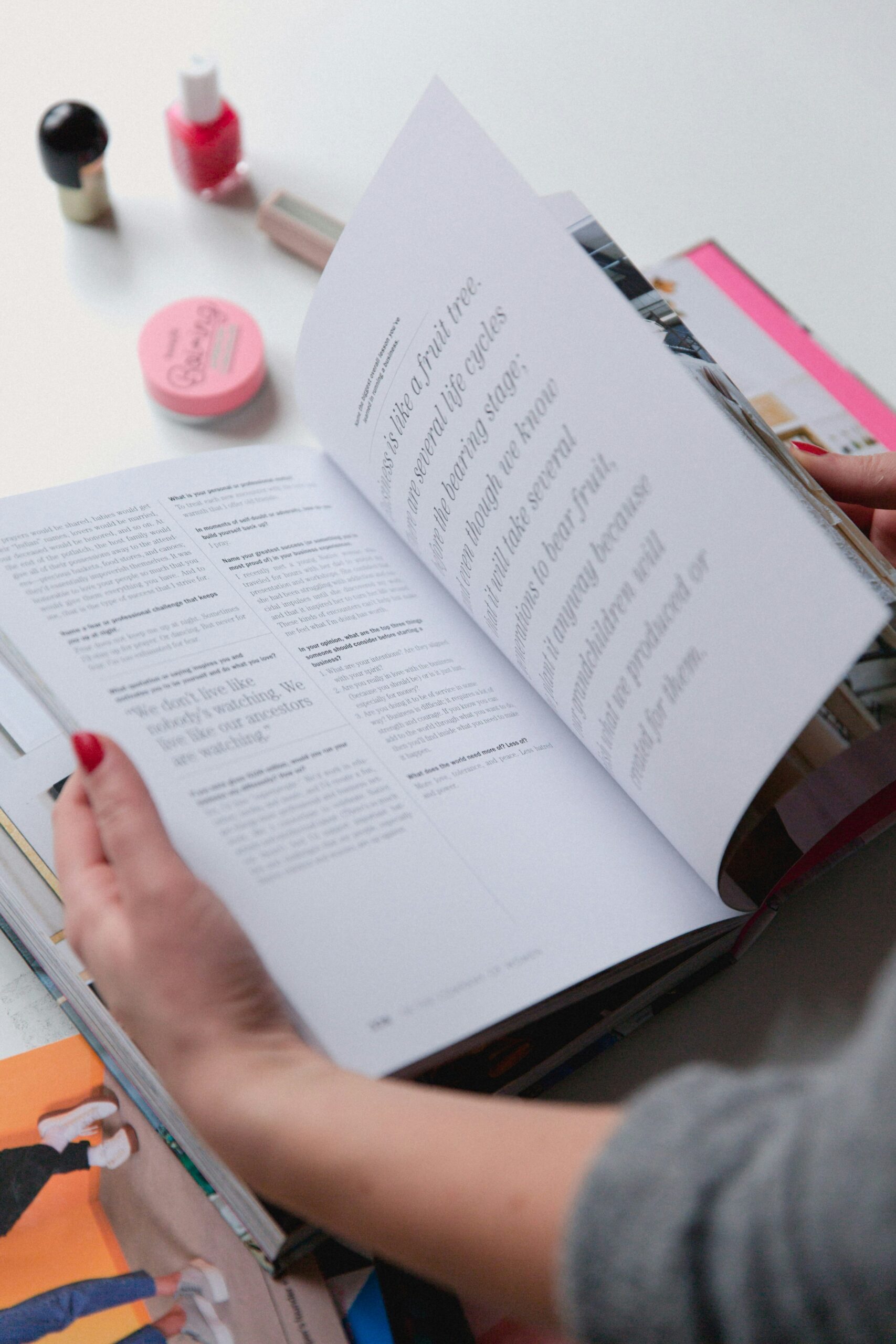 Viewbook Best Practices for Private Schools
Viewbook Best Practices for Private Schools -
 AI Writing Prompts to Power Private School Storytelling
AI Writing Prompts to Power Private School Storytelling
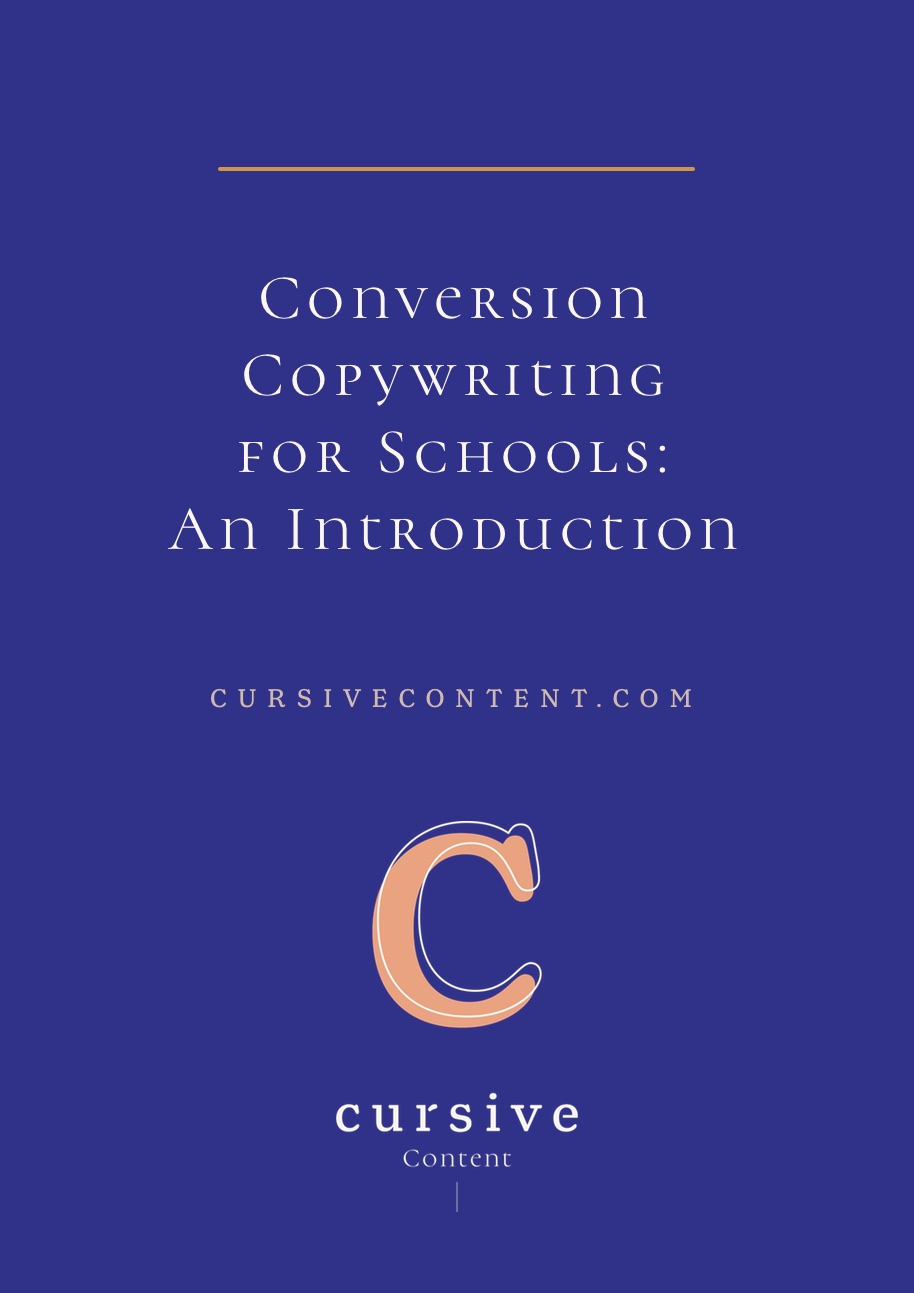
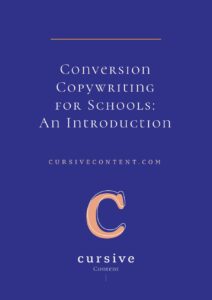
Hi Emily, I just found you through the EMA blog and would love to discuss growth opportunities around copywriting and engaging families during this challenging time — and beyond. Can we set up a call? Do you have classes you offer? Thanks, Alex
Hi Alex- sending you an email; thanks for reaching out!
Great content! I really appreciate this as I learn how to market the school that I love and train others on my team to be better storytellers and copywriters.
Glad to help, Peter!